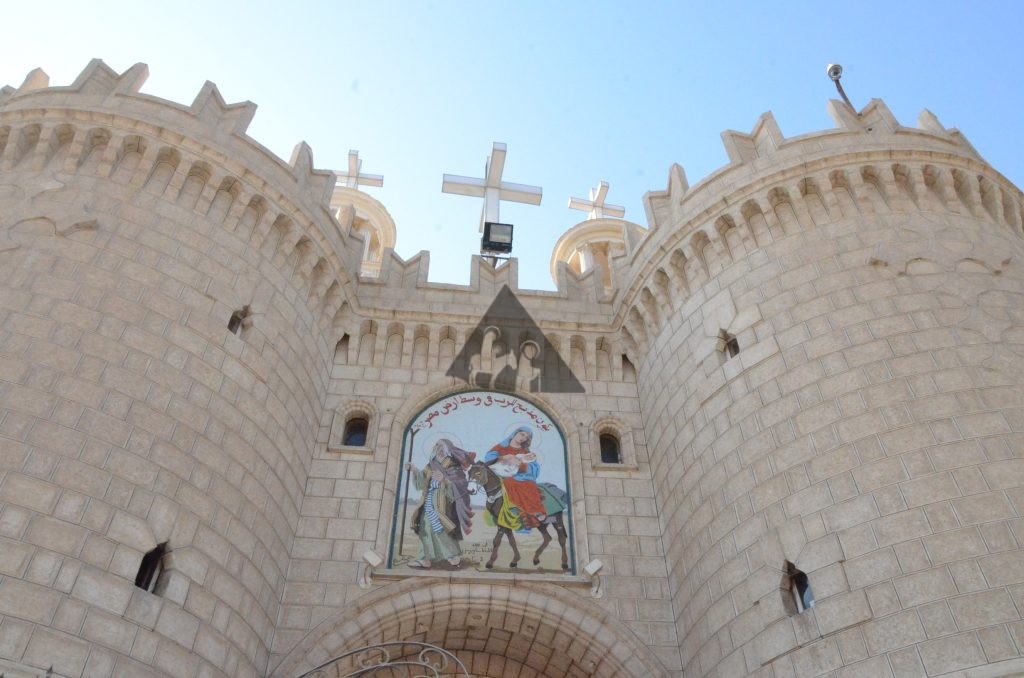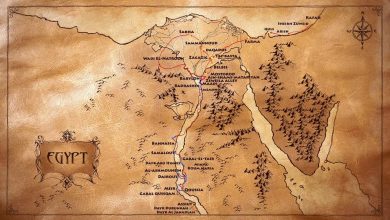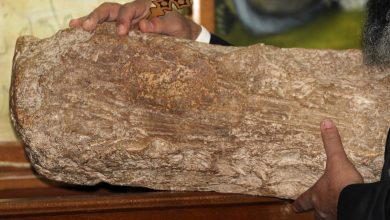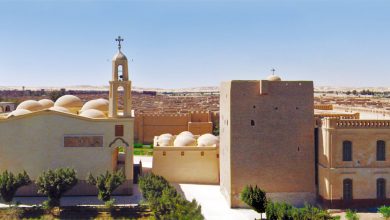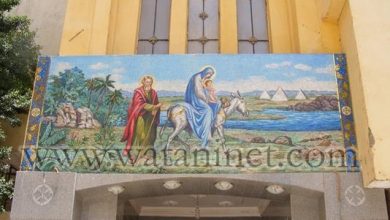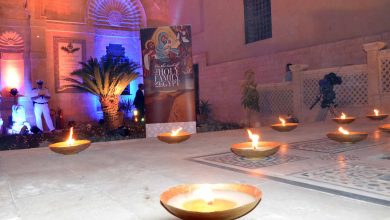The Ethiopians and their relations with the Monastery of Muharraq and their Qasqam fast
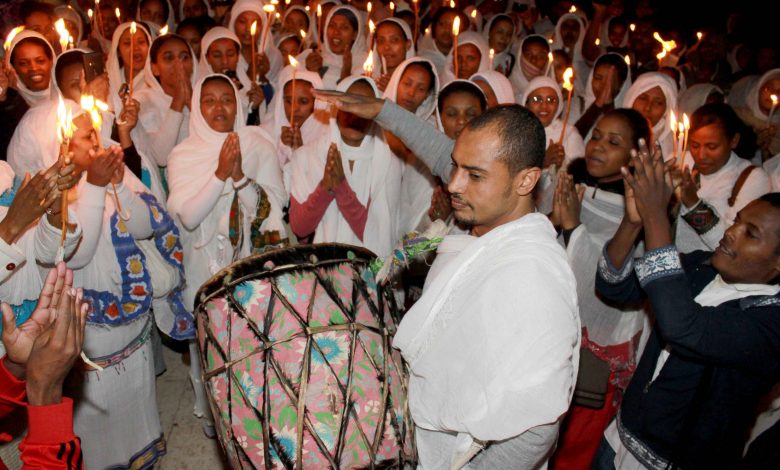
Since ancient times, our Ethiopian brothers have felt a spiritual bond that ties them to the Monastery of Muharraq, because it is the place where Jesus Christ and the Mother of God, the Blessed Virgin Mary, lived longer in their blessed journey in the land of Egypt.
Christ has blessed this place and his cave became the ancient church, and Christ inaugurated it with his pure hands.
That is why the Ethiopians see what the Egyptians see, that the Muharraq Monastery and its monumental church have the same sanctity as that of the Holy Land in Palestine. Therefore, those coming from them to visit the Holy Land must first come to the Monastery of Muharraq to receive the blessing of the Lord, the blessing of the Church, the blessing of the Virgin Mary, and the blessing of Mount Qasqam which became Jerusalem II or Mount of Olives No. 2
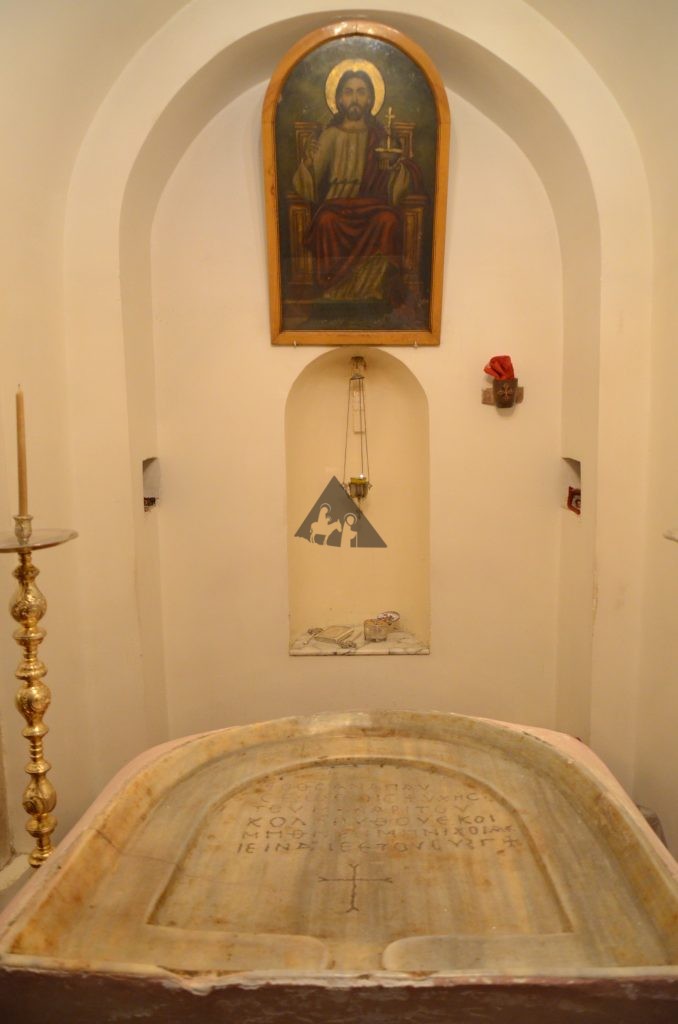
هيكل الكنيسة الأثرية بدير المحرق
Hence the relationship of the Ethiopians with the Monastery of Muharraq, the Monastery of Mount Qasqam, and the Church of Qasqam, and they consider it the first stage of their visit to Jerusalem, and their visit is considered a completion to the duties of visiting the Holy Land.
It is known that the Queen Mentwab, the Empress of Ethiopia, came specially to visit the Monastery of Muharraq, and took with her bags filled with his soil to the Gondar region of Ethiopia, where she mixed this soil with building materials to establish a church there called the Qasqam Mountain Church and put part of the soil of the Monastery of Muharraq under the altar of the church. The Queen also ordered a fast for forty days, known as the Qasqam fast, starting from 26 Tut (6 or 7 October) and ending in the morning of the sixth day of Hatur (15 or 16 November), which is the inauguration of the Archaeological Church of the Virgin in Deir Al Muharraq. It appears that the Queen Mentwab, who had inherited the kingdom from her husband, abdicated the kingdom to her son IYASU II (1730-1755) when he reached the age of puberty, and that he was the one who completed the construction of the church, Jabal Qasqam Church in Ghondar Province.
Many Ethiopian monks wanted to live in the Muharraq Monastery itself. That is why the Monastery of Muharraq was more than any other Coptic monasteries a haven for Ethiopian monks, so their number reached at times forty or more. Therefore, some of the heads of this Monastry saw that, according to the desire of these monks, to build a church of their own, as they were unable to follow the prayers in the Coptic language. Indeed, a church was built for them over the ancient Church of the Virgin known as the Church of Al-Ahbash or the Church of Saint Takla Haymanot Al-Habashi. This church was removed in 1936 when its survival became a danger to the building of the ancient Church of the Virgin.
Father Kazaman, former head of the monastery, paid attention to the dedication of one of the three massacres in the new Church of the Virgin, in the name of Saint Takla Haymanot, the Ethiopian, in support of the bonds of affection and love between us and our Ethiopian brothers who are linked to the Monastery of Muharraq.
There is no doubt that the sanctity of the Monastery of Muharraq in the eyes of our Ethiopian brothers was the vast majority of the bishops who preach to Ethiopia chosen from among the Coptic monks in the Monastery of Muharraq.
They come to the Muharraq Monastery annually for pilgrimage and celebration in the ancient church.
